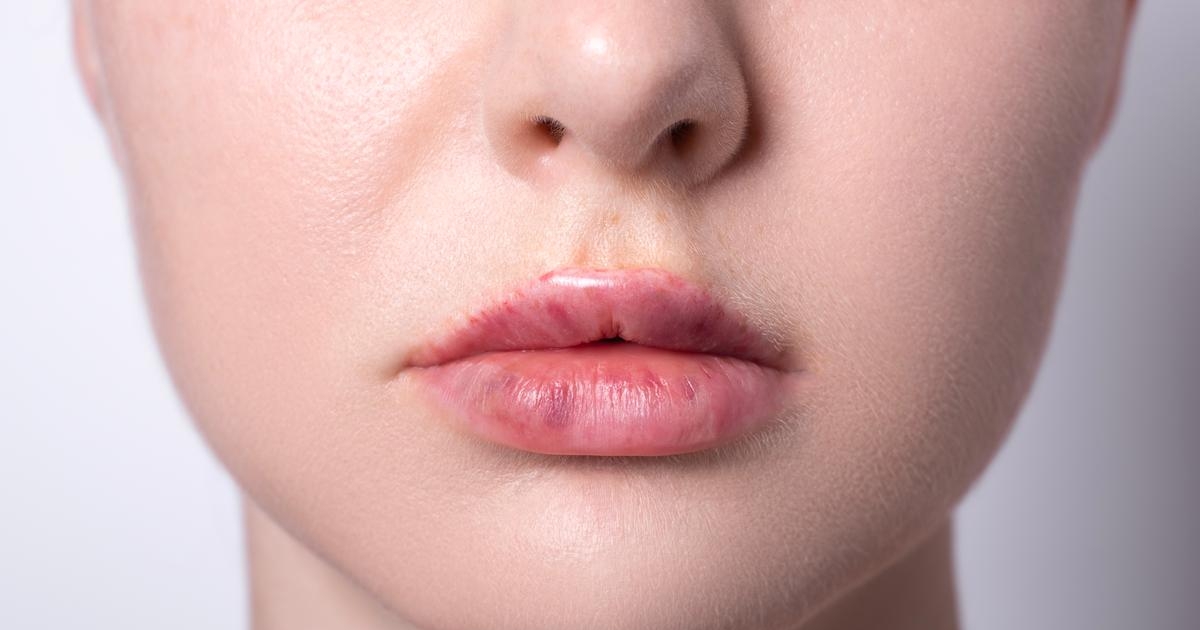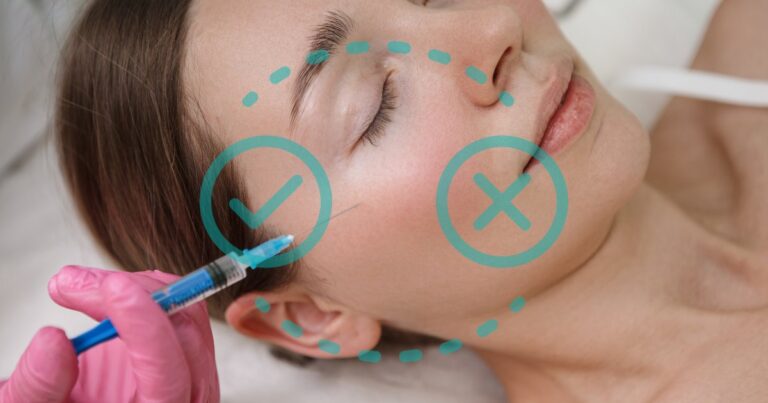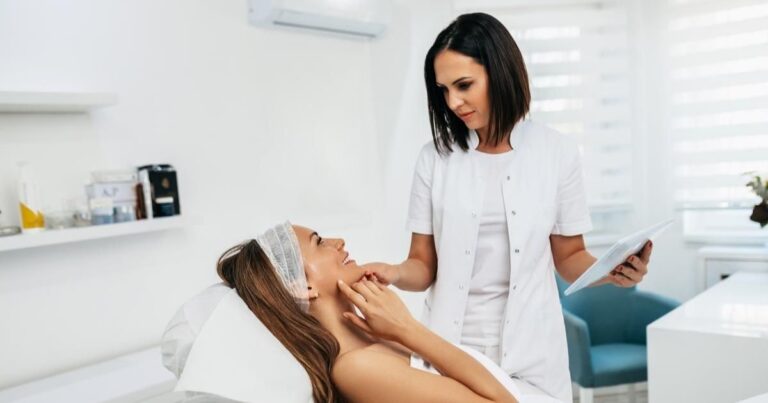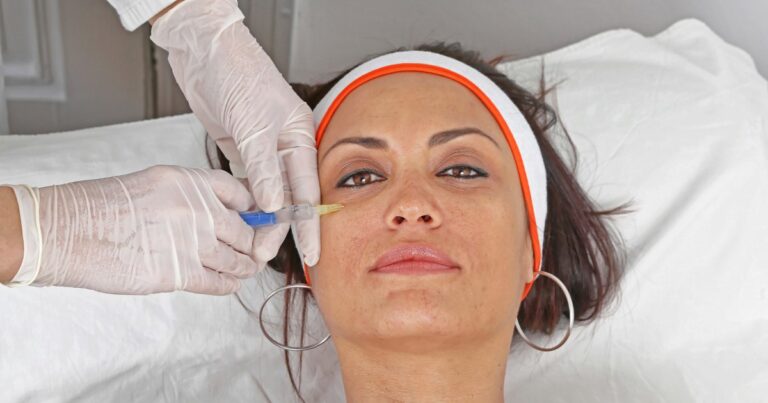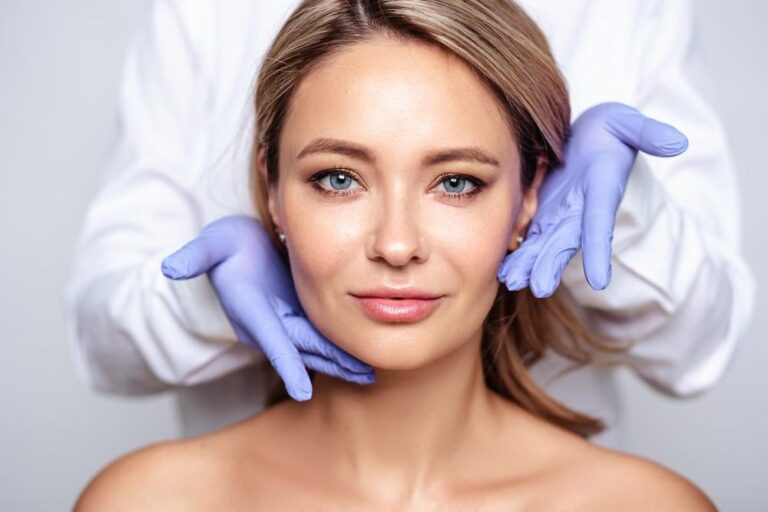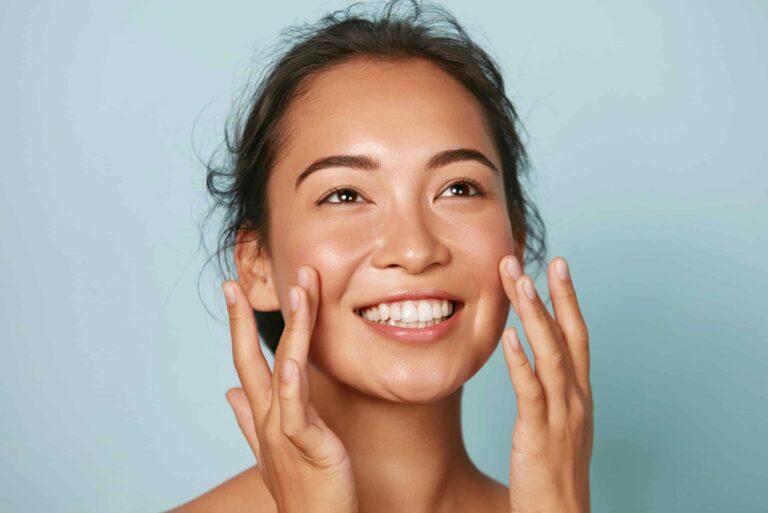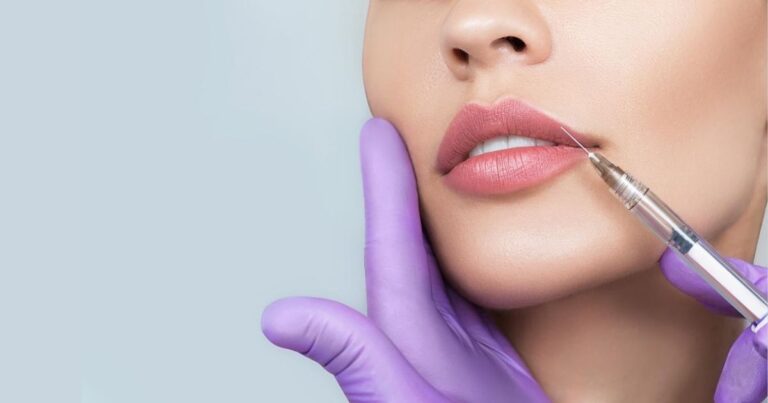Dermal fillers are widely used for aesthetic purposes to smooth wrinkles, enhance facial contours, and add volume to lips. While these treatments are generally safe, knowing how to prevent potential complications from fillers is crucial to ensure a successful outcome.
13 Easy To Prevent Potential Complications from Fillers
Below we have mentioned 13 easy to prevent the fillers complications, so keep reading.
Choosing a Qualified Injector
The safety and success of filler treatments largely depend on the practitioner’s expertise.
- Select a certified, experienced professional
- Make sure they are explicitly trained in dermal filler procedures
- Choose a practitioner who stays updated with the latest techniques and safety measures
Discussing Your Medical History

A thorough discussion of your medical history with your practitioner can help avoid potential complications.
Book A Consultation With Dr Tarek Bayazid
Top-rated Plastic Surgeon For Fillers in Dubai
Installment Plan Available
- Inform your injector about any medications or supplements you are taking
- Discuss any history of allergies or reactions to medications
- Mention if you have an account of cold sores or other skin conditions
Following Pre-Treatment Instructions
Adhering to pre-treatment instructions provided by your practitioner can significantly minimize risks.
- Avoid certain medications and supplements that may increase bruising or bleeding.
- Refrain from alcohol and smoking before the procedure
- Keep your skin clean and free from makeup on the day of treatment
Ensuring Proper Technique
The correct injection technique is essential in preventing complications.
- The practitioner should use aseptic techniques.
- The choice of filler, injection site, and depth should be appropriate
- The injector should avoid injecting too much filler or injecting too quickly
Opting for FDA-Approved Fillers
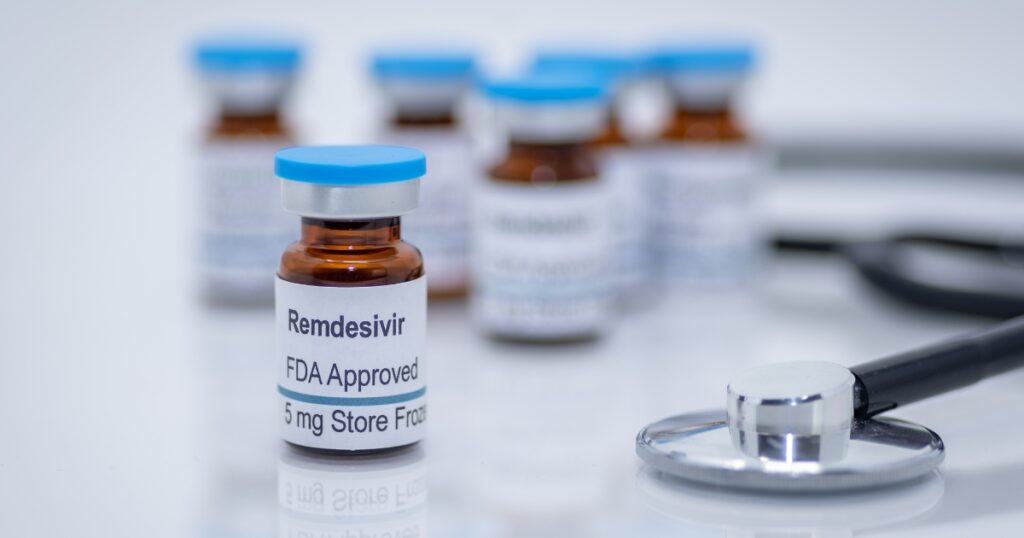
Choosing fillers approved by the Food and Drug Administration (FDA) ensures their safety and effectiveness.
- Select filters that have undergone rigorous testing
- Avoid permanent or semi-permanent fillers, which have a higher risk of complications
- Understand that different fillers are designed for other purposes and areas of the face
| Type of FDA-Approved Filler | Purpose | Potential Complications Prevented |
| Hyaluronic Acid Fillers (e.g., Juvederm, Restylane) | Adds volume and smooths wrinkles | Reduced risk of allergic reaction due to the body’s natural production of hyaluronic acid |
| Calcium Hydroxylapatite Fillers (e.g., Radiesse) | Enhances volume and stimulates collagen production | Reduced risk of lumping and nodules |
| Poly-L-lactic Acid Fillers (e.g., Sculptra) | Stimulates collagen to improve skin texture over time | Reduced risk of an immediate allergic reaction |
| Polymethylmethacrylate (PMMA) Fillers (e.g., Bellafill) | Provides long-lasting wrinkle correction | Reduced risk of sudden volume change due to slow collagen production |
Aftercare Post-Treatment
Proper aftercare is essential in preventing complications and promoting faster healing.
- Avoid touching, rubbing, or applying pressure to the treated area
- Stay out of the sun and avoid heat exposure
- Follow the post-treatment instructions provided by your practitioner
Regular Follow-up Visits
Regular follow-up visits allow your practitioner to monitor your progress and address any early signs of complications.
- Schedule follow-up appointments as recommended
- Contact your practitioner immediately if you notice any unusual symptoms
- Ensure that your practitioner is easily reachable in case of an emergency
Knowing the Signs of Complications
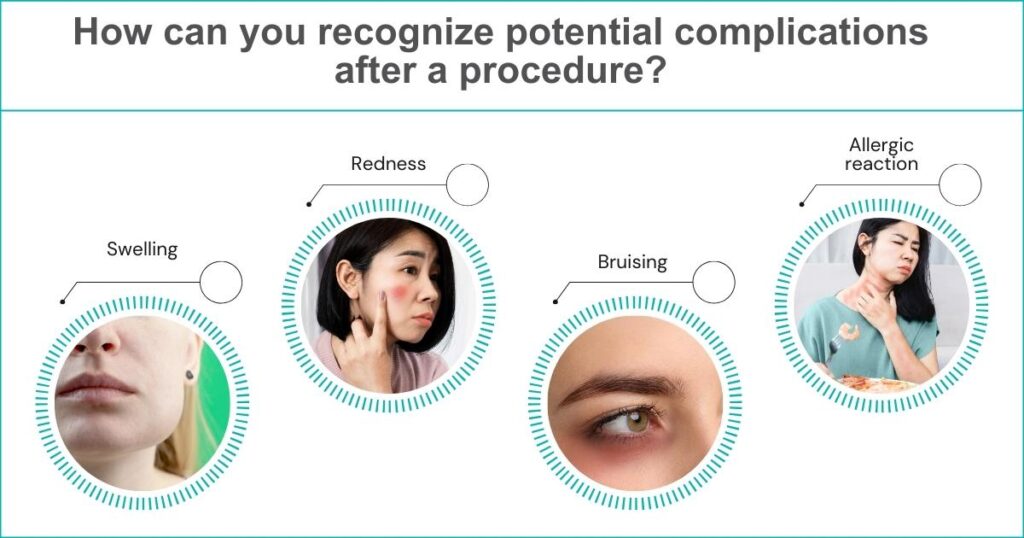
Being aware of potential complications and their early signs is crucial.
- Understand that swelling, redness, and bruising are common after the procedure.
- Be vigilant about signs of infection, such as prolonged redness, swelling, or pain.
- Seek immediate medical attention if you experience vision changes or signs of an allergic reaction.
Maintaining a Healthy Lifestyle
Maintaining a healthy lifestyle before and after receiving fillers helps overall wellness and longevity. It aids in reducing the risk of complications.
- Follow a balanced diet to support overall health
- Engage in regular exercise to promote blood circulation
- Ensure proper hydration to keep your skin healthy
| Healthy Lifestyle Element | Recommendations | Potential Benefit |
| Balanced Diet | Eat plenty of fruits, vegetables, lean proteins, and whole grains. Limit your consumption of processed foods, sugars, and unhealthy fats. | Supports overall health and can improve skin quality. |
| Hydration | Drink at least 8 glasses of water per day. Avoid excessive alcohol and caffeinated drinks. | Helps keep the skin hydrated and healthy, potentially enhancing the effects of fillers. |
| Exercise | Enjoy 30 minutes of moderate-intensity daily exercise, like brisk walking or cycling. Avoid strenuous exercise for 48 hours after filler treatment. | Promotes healthy circulation, which supports skin health and can improve healing and results of fillers. |
| No Smoking | Avoid smoking, as it degrades skin health and can slow healing. | Supports skin health and healing. |
Being Cautious with Other Treatments
It’s essential to be cautious about other facial treatments you might be considering. Specific procedures can interfere with fillers and potentially increase the risk of complications.
- Discuss any other facial treatments you’re considering with your practitioner.
- Be aware that some treatments can interfere with fillers
- Understand that specific treatments can increase the risk of complications
Understanding the Limitations of Fillers
Fillers offer unique benefits, but they come with certain limitations. Understanding these will help manage expectations and prevent potential dissatisfaction.
- Know that fillers can enhance your features, but they have limitations
- Manage your expectations realistically
- Prevent dissatisfaction by understanding what fillers can and cannot do
Observing Skin Reactions
Observing any changes or reactions in your skin after the procedure is vital. Prompt action on any adverse symptoms can prevent further complications.
- Monitor your skin closely after the procedure
- Report any unusual skin reactions or changes promptly
- Seek medical attention immediately for prolonged discomfort or any adverse reactions
Staying Patient with Results
Patience is key when it comes to aesthetic treatments like fillers. Results may take some time to show, and rushing for immediate correction could lead to complications.
- Understand that fillers don’t provide instant results
- Be patient, as the full effects of fillers take time to manifest
- Avoid rushing into additional procedures or overcorrection by waiting for results to develop fully.
Understanding the measures to Prevent Potential Complications from Fillers is essential for a secure and practical cosmetic enhancement experience. Opting for an experienced injector, adhering to provided guidelines, and keeping a dialogue with your specialist are key practices that amplify fillers’ positive aspects and reduce any associated risks. A cautious and informed approach is crucial in obtaining the sought-after outcomes safely with dermal fillers.
To ensure your journey to aesthetic enhancement is smooth and fulfilling, place your trust in the expert hands of Dr Tarek Bayazid. With an eye for artistic detail, a commitment to patient safety, and a focus on achieving natural results, Dr Tarek has helped countless men and women around the world transform their lives. Trained by notable plastic surgeons in Europe and a proud member of the International Society of Aesthetic Plastic Surgery (ISAPS) and the Serbian Medical Chamber, his expertise is unrivalled.
Ready to embark on your aesthetic journey? Book a consultation with Dr Tarek Bayazid today and move forward with confidence.
FAQs
What are the primary steps to prevent complications from fillers?
The primary steps include choosing a qualified and experienced injector, thoroughly discussing your medical history, following pre- and post-treatment instructions, using FDA-approved fillers, and scheduling regular follow-up visits.
How important is it to choose a qualified injector for filler procedures?
Selecting a certified and experienced professional for your filler procedures is essential. The injector’s skill, training, and adherence to safety measures significantly affect the treatment’s success and safety.
What role does my medical history play in filler treatments?
Your medical history helps the injector understand potential risks and allergies. Providing complete information about your medications, allergies, and skin conditions can help prevent complications.
How do aftercare and follow-up visits contribute to preventing complications?
Proper aftercare promotes faster healing and reduces risks of infection or adverse reactions. Regular follow-up visits allow the injector to monitor your progress and address any signs of complications early.
Why should I opt for FDA-approved fillers?
FDA-approved fillers have undergone rigorous testing for safety and effectiveness. They are less likely to cause adverse reactions compared to non-approved fillers.
What signs of complications should I look out for after receiving fillers?
While some swelling, redness, and bruising are common, prolonged symptoms or signs of infection, such as pain or unusual swelling, should be addressed immediately. Changes in vision or signs of an allergic reaction also warrant immediate medical attention.
